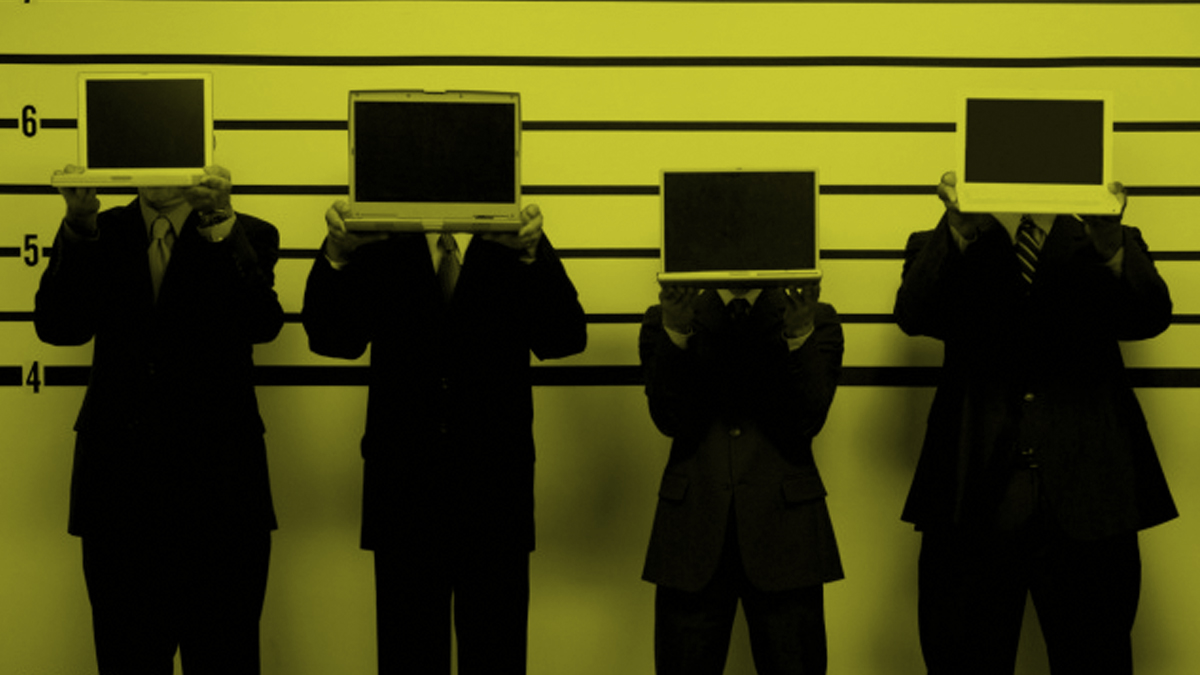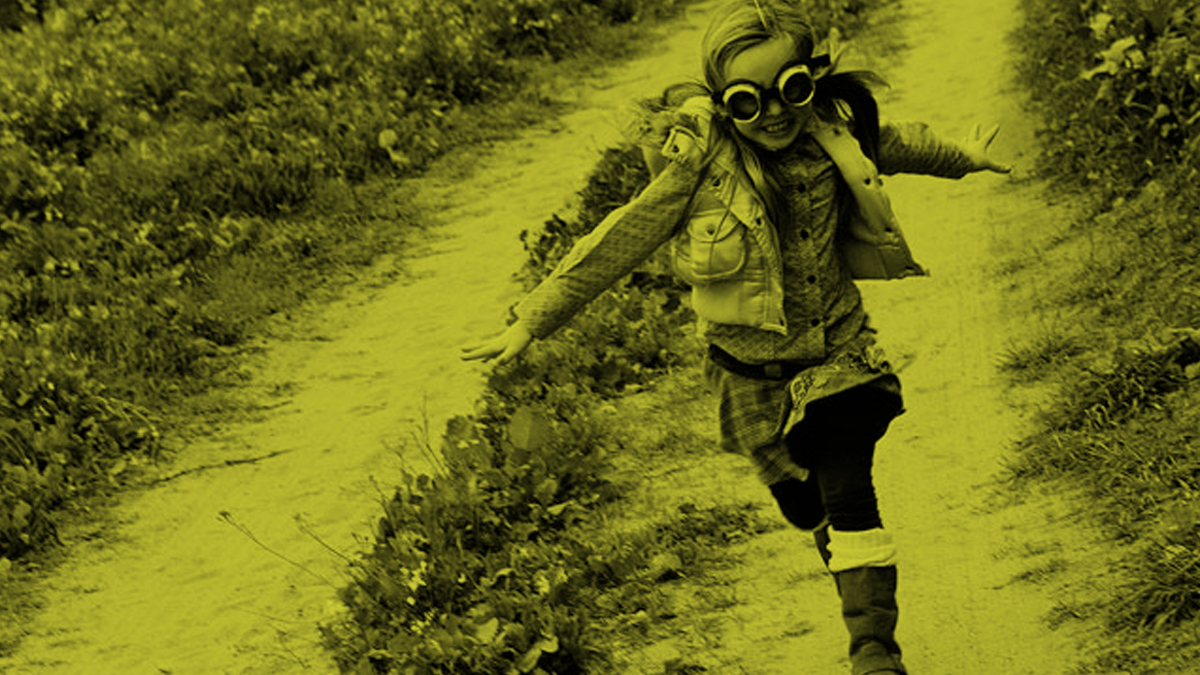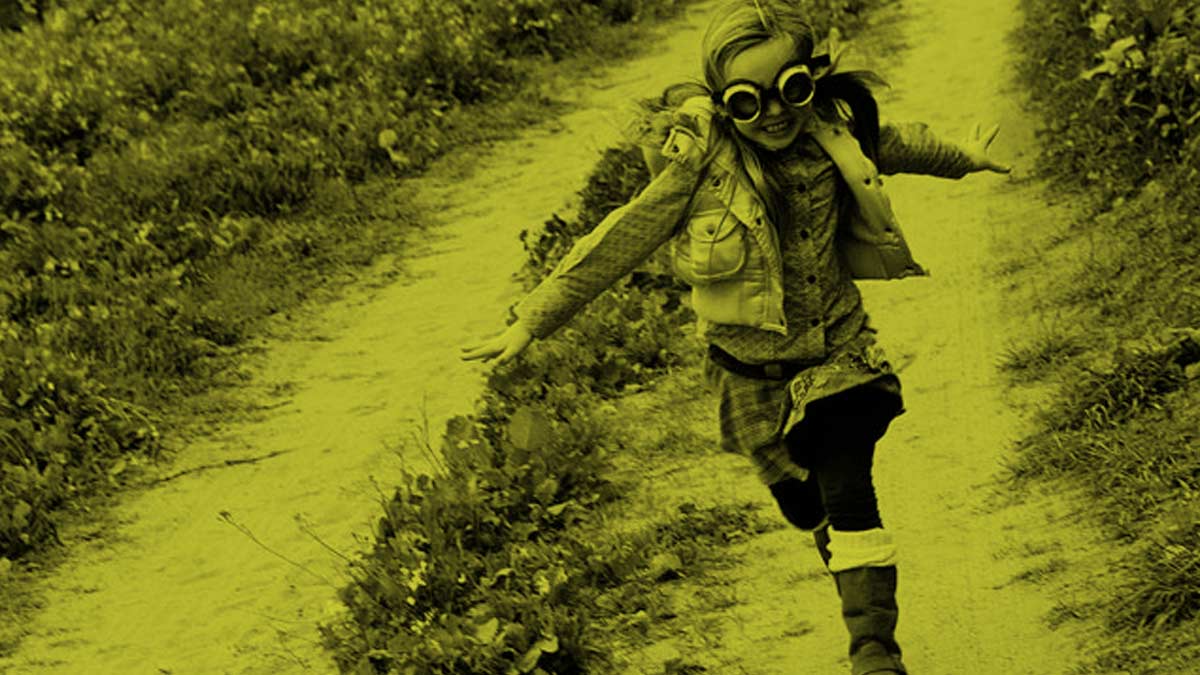The Sexy Potato
There are watershed moments in our professional lives where something happens that changes everything.
There are watershed moments in our professional lives where something happens that changes everything. Mine was during a photo shoot for Lay’s potato chips.
Lay’s is, maybe unsurprisingly to salty snack fans, the largest food brand in the world, selling in 50+ countries with revenue of $1.7 billion. With a business that big you have to be very careful what you do in a package redesign - well, for obvious reasons.
So there we were, shooting the sliced raw potato that appears on the back of the core plain flavor of Lay’s. My marketing partner was not happy. The raw potato was unattractive. The raw potato was missing irresistible flavor appeal, that je ne sais quoi.
She said “Philip, we need a really sexy potato”. It was in that moment that I realized I was not in the right place. And that I needed to make a change.
We finished the shoot. We had successfully coaxed the requisite appeal from the potato - as reluctant a subject as she was. But something inside me had shifted. Four weeks later I resigned from Pepsico. A potato was my tipping point.
We don’t get to choose our watershed moments. The trick is to use them as a springboard for positive change when they happen. For me it was a sexy potato. A potato that launched the most exciting and fulfilling chapter of my life.
A Smell That Will Make You Money
Scientists have proven you are 100 times more likely to remember something that you smell than something that you see, hear or touch.Now brands are increasingly putting the power of scent to work.
Last week I was cooking a recipe that called for coconut oil. When I opened the jar I was immediately transported to being 16 years old on a beach in Michigan putting on suntan lotion. I almost got smell memory whiplash.
Smells are processed by the amygdala, the part of the brain responsible for memory functions and processing emotions. Scientists have proven you are 100 times more likely to remember something that you smell than something that you see, hear or touch.
Now brands are increasingly putting the power of scent to work.
In Orlando, a company recently projected "waffle cone" smell adjacent to an ice cream parlor, driving a 50% sales increase. REI used the smell of “campfire and pine” and guess who started selling more backpacks? Don’t even get me started about what Cinnabon does. You know what they do.
Do you have a service or product that you can enhance with a scent? If you do, you might be closer to smelling success.
The Prince Needs A Logo
He sent me a detailed project brief. I sent him a proposal. He accepted it no questions asked. I thought this was a little odd, but I told myself everyone deserves an easy client once in a while. Don’t they?
Last month I got an email from a guy starting a furniture importing business. He needed a logo and pamphlet for his first trade show. Our phone connection was terrible, but he agreed without hesitation to my estimate of what it would cost.
He sent me a detailed project brief. I sent him a proposal. He accepted it no questions asked. I thought this was a little odd, but I told myself everyone deserves an easy client once in a while. Don’t they?
He wanted to pay the 50% deposit immediately by credit card. He was in a hurry. Too big of a hurry. I sent him the invoice. Then I got the email. It said: “I am going to pay you immediately, but I need a favor.”
That’s when I knew I was getting scammed. They want to pay you extra, then ask you to send the extra funds to another contractor for them. Then they dispute the credit card charge, and you’re out the money you relayed.
So I emailed a reply asking if by chance he was also a Nigerian prince. He never wrote back.
I keep telling myself I should have see it earlier. No clients are that easy. No clients ask no questions. But I mean, who scams design agencies? Who sets up a grift by asking for a logo and a pamphlet? A prince does apparently.
photo source: www.thetechbreak.com
All The Feels
Branding 101: When you speak to someone’s emotional center rather than their logical mind you solicit a response that is stronger, deeper, longer-lasting and primal.
Recently, I worked with a client who specializes in shipping stuff to and from Latin America. Experts in Third Party Logistics. Their competition’s websites are full of online calculators for weights, fees, dates, lists of countries. Lots of data. My client’s website is not. Their website talks about things like how it feels when your boss congratulates you for hitting that impossible shipping deadline.
In the book “Brand Immortality: How Brands Can Live Long and Prosper”, the authors analyzed 1400 case studies of advertising campaigns. They found that campaigns with purely emotional content almost doubled the performance of ads with only rational content. 31% vs. 16%. We act on what we feel. Not what we think.
When you speak to someone’s emotional center rather than their logical mind you solicit a response that is stronger, deeper, longer-lasting and primal.
That’s why I always counsel my clients on how critical it is to know their customers motivation. Not only what functional problem they want solved, but how they want to feel when that happens.
Because the feeling is what they are seeking. Security, joy, safety, recognition. If you can describe and deliver the feeling, the mind will follow.
photo credit: Alk3r@flickr.com
Surprise and Delight
“Surprise and delight” is a phrase you hear in branding an awful lot. For good reason. Turns out, if a brand can make you feel surprise and delight, chances are you’ll part with some cash.
“Surprise and delight” is a phrase you hear in branding an awful lot. For good reason. Turns out, if a brand can make you feel surprise and delight, chances are you’ll part with some cash.
Last week I flew in from SF to Newark and jumped in a Yellow cab. The driver was an older guy who immediately started sharing his life story with me. I was tired and I can’t say I was thrilled. But I wasn’t prepared for what he said.
“I just drive this cab once a week. Because I’m an astrophysicist the rest of the time. I got my doctorate in Berlin. The best place for STEM education. I drive because I have 4 kids in college. Three of them in med school, one in law and I need the money.” So of course I started pinging him with all the questions I had about the universe. Because, well, you don’t get a captive astrophysicist every day do you?
In the 20 minutes it took us to get to my house, I learned: 1. You can tell those 7 new earth-like planets can sustain life simply by the light emitted from them. 2. Life starts on planets as a result of volcanos. 3. There is water in the sun. (I know, but believe me, he can prove it.)
He completely blew away my taxi brand preconception. And he got a handsome tip. Because he truly surprised and delighted me. That and he didn’t drive like a maniac.
photo credit: pixagraphic@flickr.com
You Both Win
The more distant our daily business transactions become, the more we need to reach out and touch people on a personal level.
I opened a business checking account about 4 months ago at Wells Fargo. It took about half an hour. In and out, no big deal.
So when I walked into the branch last week for the first time since I opened my account, I was shocked when I was greeted at the door by name. “Hi Mr. VanDusen, great to see you today. What can we do for you?[smile]”
To say I was shocked is an understatement. Whether or not this guy had some special memory gift or not doesn’t really matter. What did matter is that I suddenly felt like I mattered to them. Sure, Wells Fargo could be doing damage control for their recent transgressions, but in that moment, I forgot all that. Because they recognized me. I wasn’t just an account number. They knew my name.
The more distant our daily business transactions become, the more we need to reach out and touch people on a personal level. Because if you can figure out how to make people feel like they matter, then you both win.
photo credit: Crystian Cruz @ flickr.com
Brandbot Voice
A powerful new touchpoint for reflecting brand personality is appearing. Not only does talking to a ‘bot need to feel “normal” but ideally you want to design a conversational brand voice that aligns with your brand’s positioning.
Danger Will Robinson. Those were the first robot words I remember hearing. Robbie the Robot on "Lost In Space" with his dryer vent tube arms flailing was a voice you could trust. Always watching out for Will.
I got a text the other day from someone who said they met me on Tinder and wanted to chat. Except that I’m not on Tinder. So that was the first giveaway that she was a chat 'bot. The second was that she wanted my credit card number so she could verify my age. Ummm, no.
Our first painful brand 'bot interactions were likely with voice recognition on customer service phone trees. But everyday the chances increase that when we are interacting with a company online, we are actually talking with a chat 'bot. This presents brands with a new and significant opportunity.
A powerful new touchpoint for reflecting brand personality is appearing. Not only does talking to a ‘bot need to feel “normal” but ideally you want to design a conversational brand voice that aligns with your brand’s positioning. And unlike my Tinder friend, it needs to be one you can trust.
photo credit: Scott Beale @ laughing squid, http://www.laughingsquid.com
The Moment Brands Dream Of
A few weeks ago, I attended the Virtual Reality Summit in NYC. I was struck, not with how advanced the technology is - but rather with how no one really knows what to do with it.
A few weeks ago, I attended the Virtual Reality Summit in NYC. I was struck, not with how advanced the technology is - but rather with how no one really knows what to do with it.
There is a saying in Silicon Valley, “It’s a technology looking for a problem.” They don’t really know how to use it, or what to use it for. They just know that when someone puts on a VR headset, they don’t want to take it off. And when they do take it off, they all say the same thing, “Wow.”
I’m reminded of a day eons ago when I took a box-shaped Apple mouse in my hand and clicked around in Mac Paint for the first time. At that moment, I knew I was witnessing a watershed moment in art, design and communication. I knew everything was about to change. This is where we are with VR. It will be huge. For entertainment, education, medicine, design, science, communication, all of it.
This is the kind of moment brands dream of. The opportunity exists for brands to design immersive sensory worlds and architect experiences of unimaginable scope. But amazingly, brands are sitting on the sidelines. They need to get in there and start imagining, experimenting, and pushing pixels around. Because everything is about to change.
"Brand" is Tired
The word “brand” is tired. It is no longer inspiring to the savvy client. It used to be you could get clients jazzed and hungry for change by merely uttering the word in association with their products. They desperately desired to be a real “brand”.
But “brand” has become a hackneyed term, part of pop culture where every teen on Facebook is nurturing their own personal brand. But I would argue that because of this, having a clearly communicated brand is even more important. The expectations of the consumer have been raised. But “brand” is too small a word to describe what the world expects from a product or service company anymore.
What I see time again, even with Fortune 100 clients, is a brand ecosystem or brand experience that is fractured. Considering the totality of a brands equities and representing them consistently at every consumer touchpoint has gotten harder to achieve as the range of touchpoints has grown exponentially over the last couple decades. Even the biggest brands are often confusing their customers.
What we are really being tasked to do for our clients is “experience design”. This encompasses the whole of a brand, all equities and all consumer interactions. It is our job to come in with fresh eyes and tell them what is broken and what we need to do to fix it. To perform beyond the brief. Show them what could be.
In the world of consumer goods, packaging is the big gun. Experience with a capital “E”. Packaging is a touchpoint that triggers all of the senses. Sight, touch, smell, sound and (in some cases) taste. More than any other, packaging is the equity that keeps on giving. It lives on the consumers home, in their cupboard, on their desk, visible on their shelf long after the purchase decision was made. It is the one equity that can, if well executed, drive trial when a consumer encounters the brand for the first time at a store. We must remember that up to 65% of purchase decisions are made when the consumer is standing in front of the shelf, in that final 3 seconds.
If consumers are overwhelmed and are not choosing our clients offering that is our fault. It is because of an inconsistent brand strategy and an articulation that is not differentiated from its competition. You have to throw a big rock to make a splash these days.
When brands develop, execute and guard focused equities and a clear strategy is when they win. It is our job in design to be bold, be different and create a remarkable “experience”.
Because creating a “brand” is no longer enough.
Credits: Image Source: Flickr.com: Adam Goode















